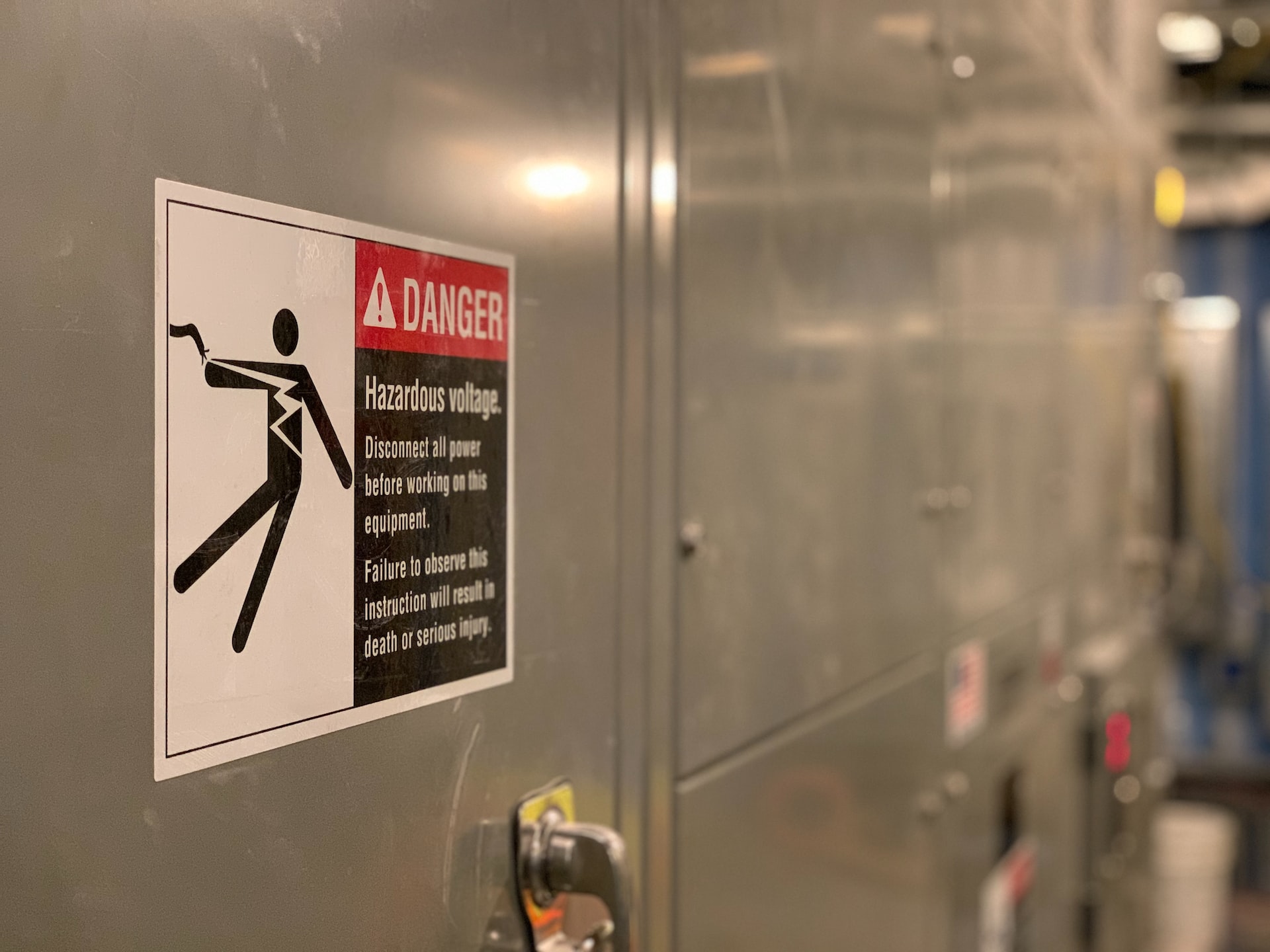Manual handling involves any activity that requires lifting, pushing, pulling, carrying, or otherwise moving people or objects. While manual handling can be a necessary part of many jobs and activities, it can also pose significant risks to workers’ health and safety if not done correctly. So, understanding the hazards when manual handling is essential for preventing injury in the workplace.
With proper training and education on manual handling techniques, employers can reduce the risk of accidents and ensure their employees are working safely.
In this article, we will discuss some common hazards related to handling goods or equipment as well as best practices for avoiding them.
Wrong Posture
One of the biggest hazards associated with manual handling is improper posture. Poor posture can lead to several musculoskeletal disorders, including back injuries, muscle strains, and tendinitis.
Employers should encourage their staff to use proper manual handling techniques while completing tasks that involve manual labor. This includes standing up straight, using their legs instead of their back to lift, keeping the load close to their body, and avoiding any sudden or jerking movements.
It is a simple technique to learn to be in the right position in terms of our body when lifting and carrying something. Unfortunately, though, so many are getting it wrong due to a lack of awareness. We cannot allow bad backs to become the norm when this can be avoided, along with other industrial or office-based injuries.
Weight of Loads
Another manual handling hazard is the weight of loads being lifted or carried.
Heavy items can be difficult to handle and lead to musculoskeletal injuries if not handled correctly. Humans should know their lifting limits and employers should be aware of them too and disseminate the information to staff through training. There are regulations and legal protections to consider in this area too.
Employers should ensure that manual handling tasks are completed by trained workers who know the appropriate techniques for lifting and carrying heavy items. These will be the ones that have gone on the manual handling course and are mindful of putting it into practice at all times.
Additionally, employers should provide adequate equipment such as hoists or pallet trucks to help move heavy items when manual lifting is not an option.
Follow the guidelines on loads to stay safe. The first part of this is learning what they are and then applying this so that one person never carries more than their limit. Also, we should look to use lifts and equipment provided when the weight is above that which an individual can be expected to carry practically or legally.
Slippery Surfaces
Finally, manual handling can be hazardous in areas with slippery surfaces.
Wet floors and icy surfaces can lead to slips, trips, and falls, which can cause a variety of injuries. We should know the areas to avoid and where a sign should be placed to warn others of the potential danger.
Employers should, as best practice and for safety’s sake, ensure that manual handling tasks are not performed in slippery areas and that the workers have appropriate footwear for manual handling tasks. This should be a must and something that can be learned on a training course for manual handling and via safety manuals. Course materials or digitalized cloud notes will act as a reference for staff struggling to remember what they have learned.
Conclusion
These are just some of the hazards associated with manual handling in the workplace. To ensure employees are working safely and minimizing the risk of injuries, employers should provide training in this area. In addition to this type of training, employers should also have safety measures in place to reduce the risk of hazards.
With the proper training and safety measures in place, workplaces can help protect their staff from injuries that would result in time off or worse. Understanding the manual handling hazards and putting measures in place to reduce them can go a long way toward preventing related accidents and injuries.




